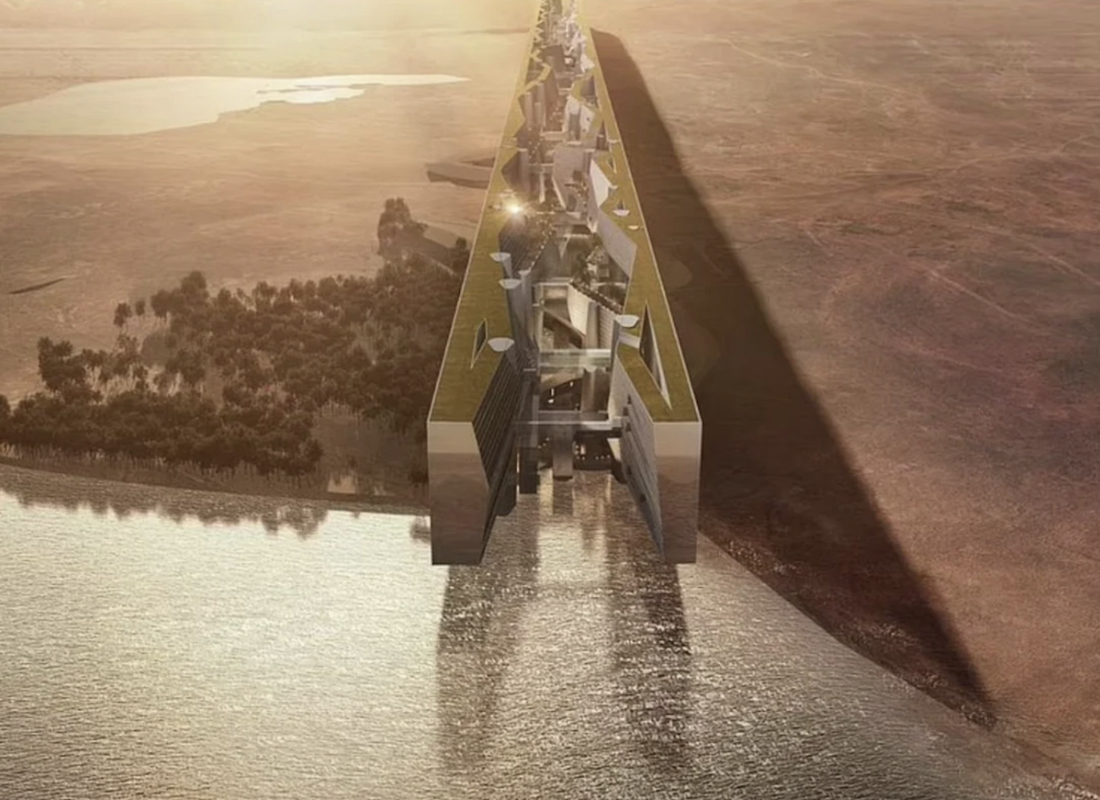If you’re looking for a way to make your own space satellite, you’ve probably already heard of the KSF Space CubeSat Kit. This affordable satellite has made its way into the public eye due to the fact that it can be built by anyone with a little bit of skill. The kit also offers a great solution for those who are interested in educational and research purposes.
KSF Space CubeSat Kit for Educational Purposes
The KSF Space CubeSat Kit is a cost-effective and compact solution to your nanosat-class satellite needs. This kit is designed to help academic institutions, research institutes, and small businesses to launch experiments at affordable pricing.
The KSF Space Foundation is a nonprofit organization in the United States that provides access to near-space and low-cost satellites for universities and researchers. The KSF also works with universities to design and build smaller space missions. The Foundation also offers free launch services and an Nanosatellite Engineering Professional (NEP) certification.
The KSF’s mission is to provide a flying solution with a minimal impact on the environment. The organization is devoted to providing universities, researchers, and other institutions access to LEO, nanosatellites, and other near-space opportunities. They also provide a professional development curriculum to train future engineers in the aerospace industry.
The cubesat kit from the KSF Space Foundation is designed to be both easy to use and highly capable. It includes everything you need to build a fully functional cubesat, including a flight computer, power systems, and communication systems. What’s more, the kit is highly customizable, allowing you to add your own sensors and other components to your cubesat to meet your specific needs.
Chairman of KSF Space Foundation, Dr. Kayyali, said while talking about the newly launched CubeSat kit, “This new model will help schools and universities to develop their space projects easily at a lower cost without the requirement of secure funding.”
The foundation has recently released a new CubeSat board system. It is a lightweight, inexpensive, and easy-to-integrate model that is perfect for training students on nanosatellites. This new board is designed to fit in any CubeSat. It is designed for an altitude of 250 km, making it possible for CubeSats to deploy in space.
The KSF’s latest kit is also designed to be easy to program. This makes it more efficient than other models.
Affordability
If you are interested in developing a small satellite or microsatellite, you may want to consider purchasing the KSF Space CubeSat Kit. This kit allows you to create a spacecraft for an affordable price.
The KSF Space Foundation is a non-profit organization that works with universities to develop and build smallsats. The foundation offers launch services and equipment for affordable research projects. The nonprofit also provides access to LEO and near-space for students.
Whether you are a faculty member at a university or a student in a lab at a community college, the KSF Space CubeSat kit is an inexpensive way to develop a spacecraft. It can be used at any budget, and is especially affordable for universities in developing nations.
The KSF Space CubeSat kit can be deployed at altitudes of up to 250 kilometers. In addition, the kit includes a full suite of sensors for autonomous observation. You can also take advantage of the KSF’s Experimental Opportunity Program, which enables institutions in developing countries to collaborate with other missions to realize their space mission aspirations.
The KSF Space Foundation’s CubeSat Kit is one of the world’s most affordable space kits. The kit allows you to develop your own small satellite for as little as $3,500.
KSF Space CubeSat Kit for Research Purposes
KSF Space Foundation is a non-profit organization that supports small satellite missions, enabling universities and other research institutions to launch experiments at an affordable price. They also offer rideshare opportunities with international launch providers. The latest version of their CubeSat kit has been released.
The latest CubeSat model features an advanced board system. It is designed for CubeSats at 250 km altitude and includes a low power apparatus and lightweight electronics. This board also comes with Nanosatellite Engineering Professional certification.
The KSF Space Foundation is working on several missions including Jupiter 1. The mission will be a reusable two-stage rocket carrying three CubeSats, which will be used to test nanosatellites. This will be beneficial to the organization, allowing them to better understand how they can launch a mission with minimal environmental impacts.
The KSF Space Foundation also helps students develop small spacecraft. The organization works with universities, integrating the program into their curriculum and providing them with the necessary equipment.
The KSF Space Foundation is the largest nonprofit organization in the small satellite industry. They are also a leader in education outreach. They work with educational institutions to develop their own satellites, thereby creating a new generation of engineers who will become the leaders of the next generation of space missions.
Get Free Updates
Notice: All content on this website including text, graphics, images, and other material is intended for general information only. Thus, this content does not apply to any specific context or condition. It is not a substitute for any licensed professional work. Be that as it may, please feel free to collaborate with us through blog posting or link placement partnership to showcase brand, business, or product.





I have been browsing online more than 2 hours today, yet
I never found any interesting article like yours. It’s pretty worth enough
for me. In my opinion, if all website owners and bloggers made good content
as you did, the web will be a lot more useful than ever before.
Howdy! Quick question that’s completely off topic. Do you know
how to make your site mobile friendly? My blog looks weird when browsing from my iphone4.
I’m trying to find a template or plugin that might be able to fix this problem.
If you have any suggestions, please share. Cheers!
It’s awesome in favor of me to have a web page, which is good designed for my knowledge.
thanks admin
I’ve been exploring for a bit for any high-quality articles
or blog posts on this sort of area . Exploring in Yahoo I ultimately stumbled upon this website.
Studying this information So i am happy to show that I have an incredibly good uncanny
feeling I came upon exactly what I needed. I so much indisputably will make sure to do not put out of your mind this website
and provides it a look on a constant basis.
Hello There. I discovered your weblog using msn. That
is an extremely well written article. I’ll make sure to bookmark it and come back
to read more of your helpful information. Thank you for the post.
I will certainly comeback.